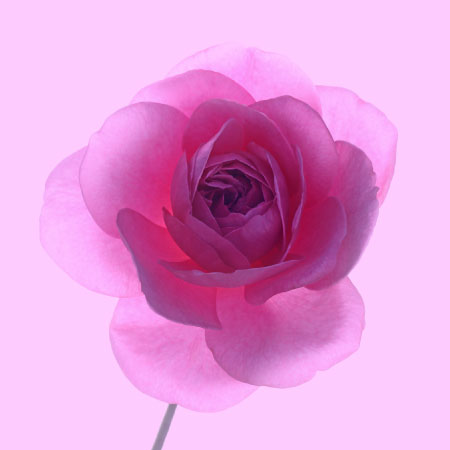Rose Crown Gall: Learn About Crown Gall Damage In Roses

Crown gall disease is truly a tough customer to deal with in the rose beds and a heart breaker if it attacks a favorite rose bush. It is usually better to dig out and destroy the infected rose bush once it contracts this bacterial infection than it is to try and treat it. Let's learn more about crown gall rot control and crown gall damage in roses.
What is Rose Crown Gall?
Crown gall disease is a worldwide disease, first discovered in Europe in 1853. In addition to roses, the disease attacks many plants, shrubs, and trees including:
It can be found attacking tomatoes, sunflowers, and conifers but is rare. The overgrowth or galls are usually found either at or just below the soil surface. In roses this is at the basal breaks or crown area, thus the name crown gall disease.
Crown Gall Damage in Roses
When first starting out, the new galls are light green to off white and the tissue is soft. As they age, they become darker and take on the woody texture. The disease is caused by the bacterial pathogen known as Agrobacterium tumefaciens. The bacteria are most active during the summer months, entering through wounds that may be natural or caused by pruning, chewing insects, grafting or cultivation. The galls from the infection can first become visible anywhere from a week to several months after infection.
Treating Crown Gall of Rose
The best and highly recommended method of crown gall rot control is to remove the infected plant as soon as rose crown gall is detected, removing the soil all around the infected plant as well. The reason for removing the soil as well is to be sure to get all infected roots. Otherwise, the bacteria will stay alive and well in the old root tissues and be readily available to infect new plantings. Treating the soil with a bactericide or leaving the soil fallow for two seasons before replanting are recommended treatment methods once the infected plant or plants have been removed. Treatments of the disease can be very time consuming and only serve to slow down the disease rather than getting rid of it. One available treatment is with a product called Gallex and is applied by brushing it directly on the galls or infected crown area. Inspect plants well prior to buying them and bringing them to your gardens. If the galls are detected, do not buy the plant or plants. Taking the plant (or plants) to the owner or other staff members at the nursery or garden center is highly recommended, pointing out the problem. By doing so, you may well have saved some other gardener from the frustration and heart break of having to deal with this bacterial disease. When pruning rose bushes, be sure to wipe down your pruners well with disinfectant wipes after pruning each rosebush or plant, as this will go a long way in keeping from spreading disease from one bush to another. Actually, when pruning any plant, shrub, or tree, it is just a good policy to wipe down or clean the pruners prior to doing any pruning upon the next plant as an aid against spreading of diseases.
Gardening tips, videos, info and more delivered right to your inbox!
Sign up for the Gardening Know How newsletter today and receive a free copy of our e-book "How to Grow Delicious Tomatoes".

Stan V. Griep contributed to Gardening Know How for many years, and has been a Colorado Native Rosarian for over four decades. He is an American Rose Society Certified Consulting Master Rosarian in the Rocky Mountain District, and a member of the Denver Rose Society, the Loveland Rose Society, and the American Rose Society. He is Gardening Know How's in-house expert on all things roses.
-
 What Is A Pollinator Garden? Grow Gorgeous Blooms While Benefiting Your Local Ecosystem
What Is A Pollinator Garden? Grow Gorgeous Blooms While Benefiting Your Local EcosystemPollinator gardens look great and also provide a diverse ecosystem that benefits your local pollinating insects and animals. Get started today with this guide!
By Bonnie L. Grant
-
 5 Tough Urban Trees That Thrive In Cities – Top Picks For Urban & Suburban Landscapes
5 Tough Urban Trees That Thrive In Cities – Top Picks For Urban & Suburban LandscapesExplore the best urban trees that will add value to even the most challenging of landscapes. Get growing with these ideas and enjoy all the benefits of trees.
By Teo Spengler